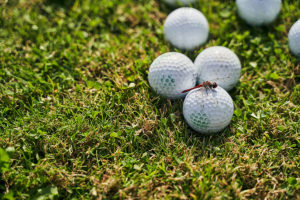
With their lush greens and varied plantings, naturally golf courses are an attractant to insects of all kinds. Which is great—Insects do a lot for a golf course. They
pollinate the flowering plants, keep troublesome insects in check, and they are important decomposers. Though some are welcome additions to your course for the benefits they bring, others arrive without an invitation, wreaking havoc across your turfgrass, presenting one of the toughest challenges golf course supers face: dealing with pests.
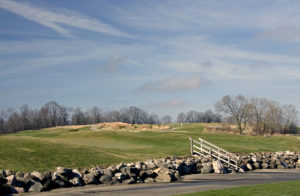 Divots aren't the only types of holes that golf course superintendents have to be mindful of on their greens and fairways. Soil erosion is a real threat as well. And unlike with divots, it's a lot more difficult to repair a hole in your turfgrass that's caused by erosion than it is to repair one caused by a club head.
Divots aren't the only types of holes that golf course superintendents have to be mindful of on their greens and fairways. Soil erosion is a real threat as well. And unlike with divots, it's a lot more difficult to repair a hole in your turfgrass that's caused by erosion than it is to repair one caused by a club head.


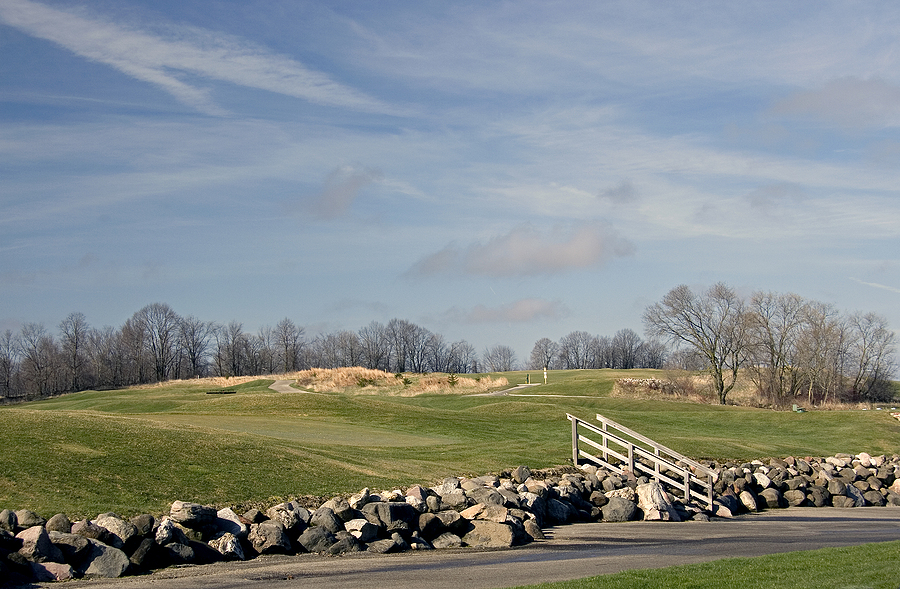
 From land clearing to create them to the regular application of pesticides to keep them looking great, golf courses take their toll on the environment. And when you consider that studies indicate that up to 70% of U.S. consumers prefer doing business with eco-friendly brands—going green isn't just good for the environment, it's also good for business. The good news is that there are plenty of ways you can adjust the way your golf course operates to reduce its carbon footprint and its impact on the environment. Let’s examine ways to make your golf course more sustainable.
From land clearing to create them to the regular application of pesticides to keep them looking great, golf courses take their toll on the environment. And when you consider that studies indicate that up to 70% of U.S. consumers prefer doing business with eco-friendly brands—going green isn't just good for the environment, it's also good for business. The good news is that there are plenty of ways you can adjust the way your golf course operates to reduce its carbon footprint and its impact on the environment. Let’s examine ways to make your golf course more sustainable. 
 Though it’s only February, soon the temperatures will start to rise, the days will get longer, and the snow will melt and the landscape will start to green. Yes, it’s hard to believe, but
Though it’s only February, soon the temperatures will start to rise, the days will get longer, and the snow will melt and the landscape will start to green. Yes, it’s hard to believe, but 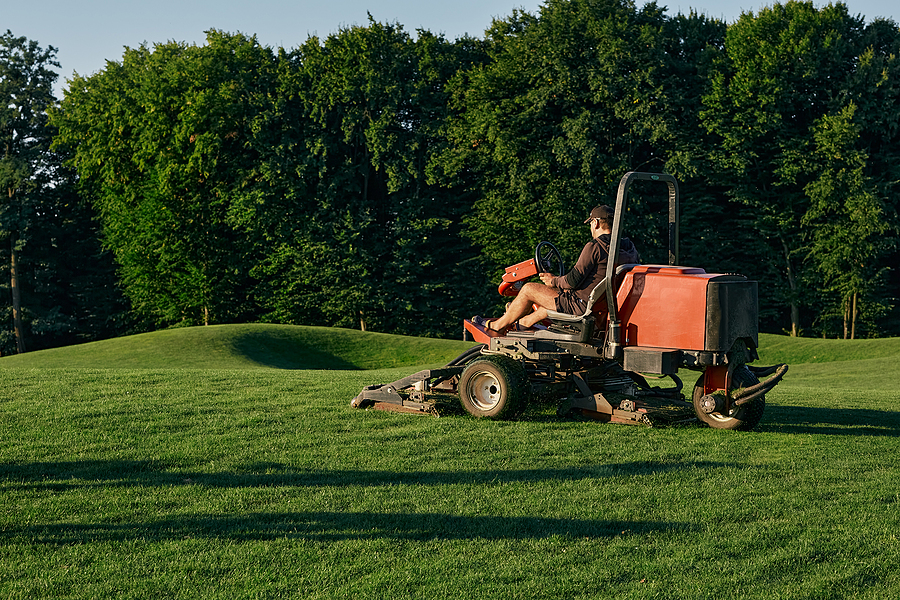
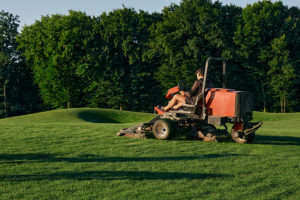 Nobody wants to play golf on a course that’s brown or patchy with grass. And while some turfgrass care tips are obvious (i.e., watering and fertilizing), there are some other hacks that groundskeepers have picked up along the way. Let’s take a closer look at some of the turfgrass tips you need to know—from the basics to some other pointers you may not have heard of.
Nobody wants to play golf on a course that’s brown or patchy with grass. And while some turfgrass care tips are obvious (i.e., watering and fertilizing), there are some other hacks that groundskeepers have picked up along the way. Let’s take a closer look at some of the turfgrass tips you need to know—from the basics to some other pointers you may not have heard of.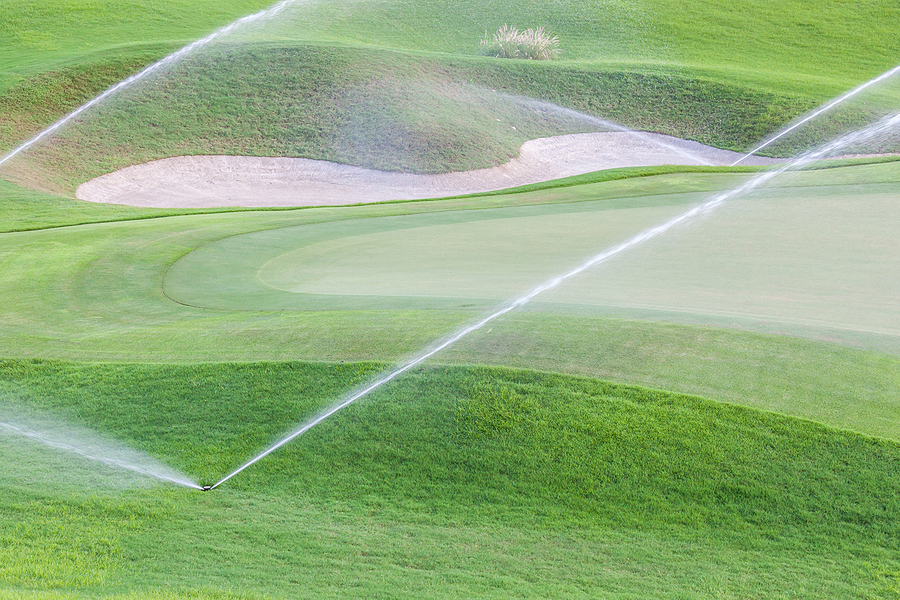
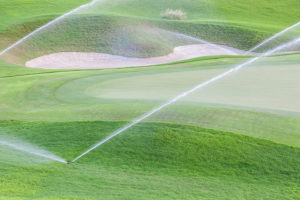 As the winter weather rolls in and all of us that reside in colder temps take a break from outdoor turfgrass management, it doesn’t mean it’s the time to get lazy. There is work that can be performed indoors and research that can be done to prepare for the upcoming spring. And when it comes to turfgrass, the work to create ideal turfgrass never stops!
As the winter weather rolls in and all of us that reside in colder temps take a break from outdoor turfgrass management, it doesn’t mean it’s the time to get lazy. There is work that can be performed indoors and research that can be done to prepare for the upcoming spring. And when it comes to turfgrass, the work to create ideal turfgrass never stops!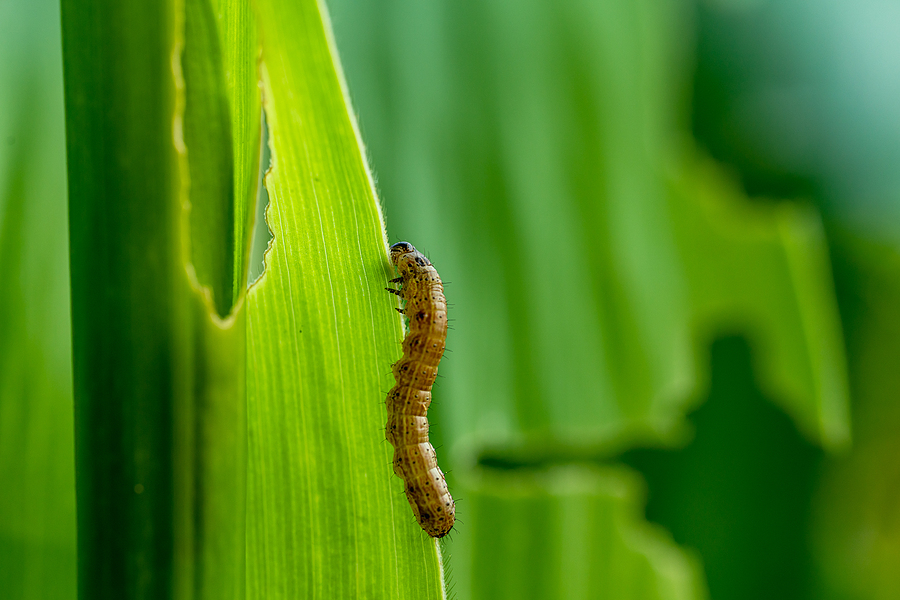
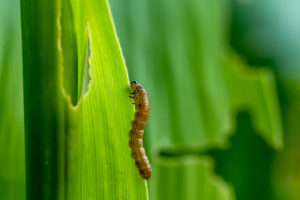 On a golf course, insects are often seen as the enemy. Deep down, we know they DO have benefits—they
On a golf course, insects are often seen as the enemy. Deep down, we know they DO have benefits—they 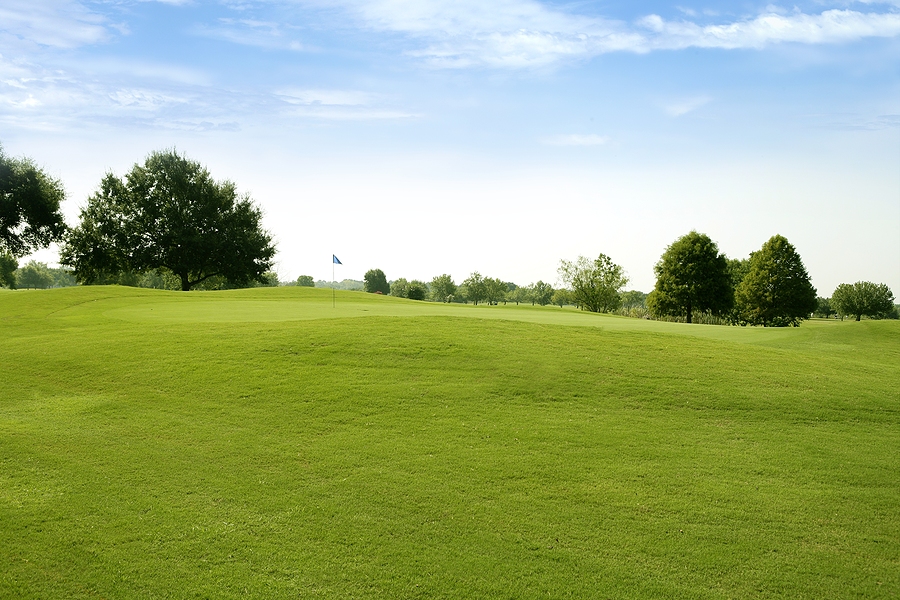
 It’s all about the turf. That is truly the slogan for the majority of golf course superintendents. We’re constantly caring for it, worrying about it, and trying to better it. Part of that involves selecting and purchasing products to help improve (and in some cases fix) your course’s turfgrass. But product selection is no easy feat. All too often there isn’t objective research available, so supers are left to make buying decisions based on recommendations from colleagues. All too often the proper testing and evaluation reports are not available. The question then becomes will the product be effective for your turf? Before buying large quantities, it’s therefore important to consider your situation and ask yourself a few questions.
It’s all about the turf. That is truly the slogan for the majority of golf course superintendents. We’re constantly caring for it, worrying about it, and trying to better it. Part of that involves selecting and purchasing products to help improve (and in some cases fix) your course’s turfgrass. But product selection is no easy feat. All too often there isn’t objective research available, so supers are left to make buying decisions based on recommendations from colleagues. All too often the proper testing and evaluation reports are not available. The question then becomes will the product be effective for your turf? Before buying large quantities, it’s therefore important to consider your situation and ask yourself a few questions. 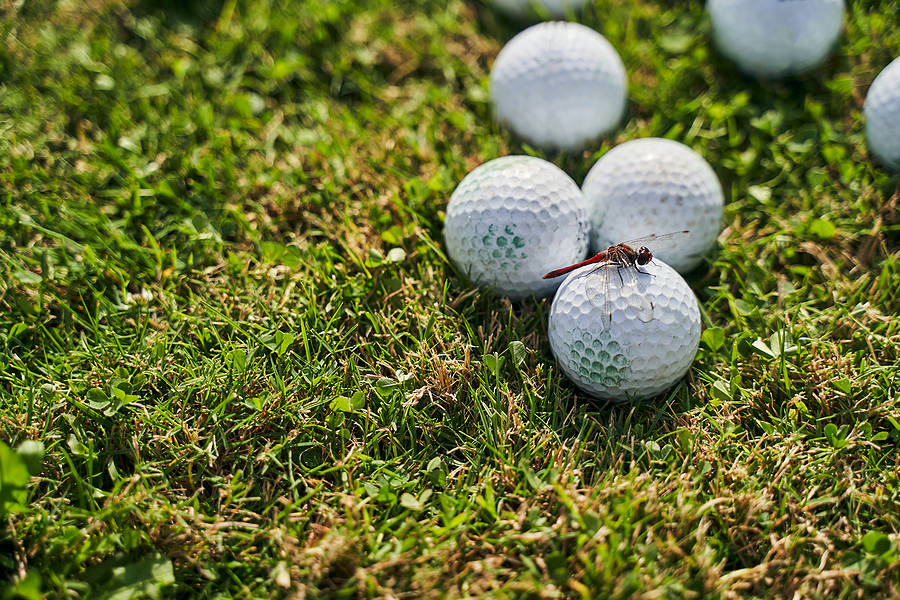
 With their lush greens and varied plantings, naturally golf courses are an attractant to insects of all kinds. Which is great—Insects do a lot for a golf course. They
With their lush greens and varied plantings, naturally golf courses are an attractant to insects of all kinds. Which is great—Insects do a lot for a golf course. They 
 Has your golf course already had your spring opening? Were your players able to get in a few early rounds this month already? The weather this spring has granted some areas a couple of warm days, so courses have been able to offer some early bonus days. But with March ending, regular play across the country is set to begin. Is your course ready? Here are some golf course preparation tips to make sure you're ready to go when golfers come calling.
Has your golf course already had your spring opening? Were your players able to get in a few early rounds this month already? The weather this spring has granted some areas a couple of warm days, so courses have been able to offer some early bonus days. But with March ending, regular play across the country is set to begin. Is your course ready? Here are some golf course preparation tips to make sure you're ready to go when golfers come calling. 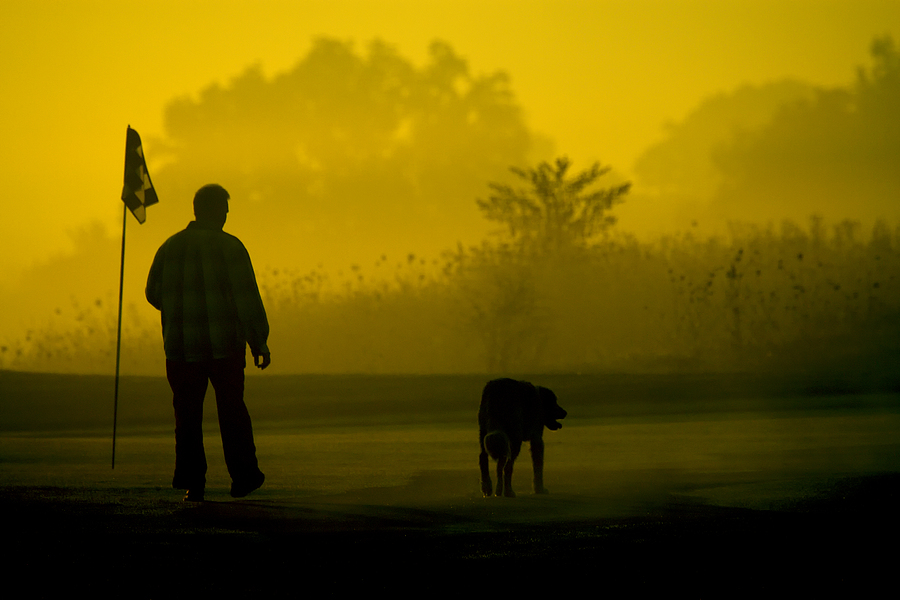
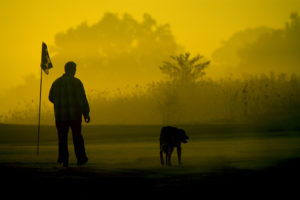 As we all well know, there is a lot of work that goes into maintaining a golf course. We tend to focus on the big challenges supers often face—
As we all well know, there is a lot of work that goes into maintaining a golf course. We tend to focus on the big challenges supers often face—